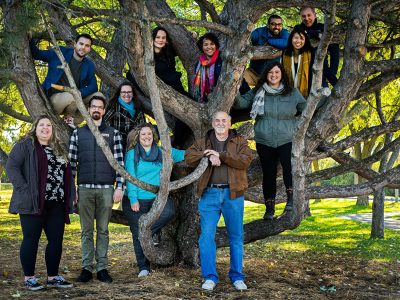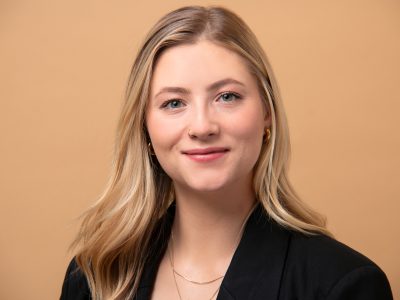By Karen Kelly
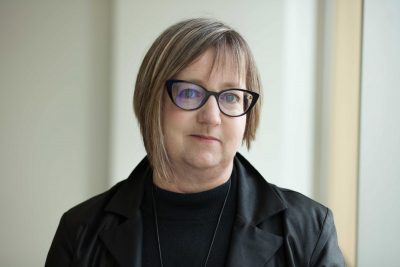
Sheryl Hamilton
Professor Sheryl Hamilton remembers the day when shaking a hand was suddenly taboo.
“It was during the SARS epidemic in 2003. I was at a conference and I put out my hand to someone: she just looked at it. Then she put her elbow forward and I didn’t know what she was doing,” recalls Hamilton, a professor cross-appointed to the School of Journalism and Communication and the Department of Law and Legal Studies. “The social norms had changed quickly and I apparently didn’t get the memo.”
In fact, the way people communicate in the midst of public health crises—whether by handshake, public announcements or social media—is the subject of a growing area of scholarship that includes faculty members and graduate students in Carleton’s Communication and Media Studies program.
In the case of Professor Hamilton’s research, she looks at the rapidly changing perception of disease in pop culture: “There are important consequences to living in an environment where we are constantly being advised that we are under threat from pandemic.”
Specifically, she’s looking at the consequences of perceiving hands as the conduits of germs.
“Our hands are seen as a medium of contamination in our culture,” explains Hamilton. “It stems from the realization that we used to think we could control disease; now, we’re just minimizing the impact.”
Communicating in a Health Emergency
Many of us feel a sense of vulnerability in the wake of outbreaks such as Ebola, Zika, H1N1, SARS, and even the seasonal flu.
But how rational is that feeling of vulnerability? And where do people go for trusted information when they are facing a risk to their health?
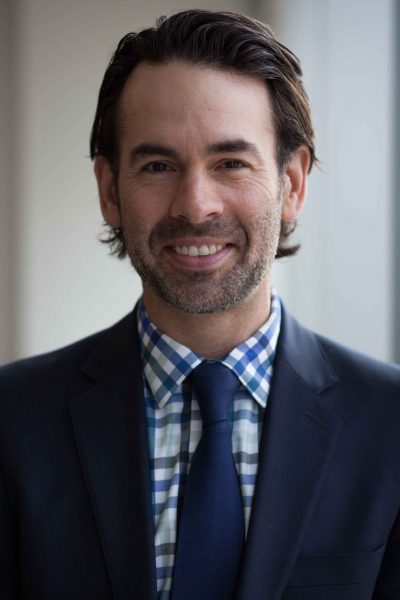
Josh Greenberg
Professor Josh Greenberg says one of the challenges in a health emergency is that the facts are not always obvious, readily available or trusted. He looks at how public health departments and other government agencies communicate with the public during emergencies.
“In times of a health crisis or emergency, most people turn to news media for timely and reliable information—even though they may also tell us they don’t trust it,” says Greenberg, the Director of the School of Journalism and Communication. “I’m interested in who people do trust for health information, as well as how media and public health authorities communicate this information, including how and why they so often stumble and fail.”
Greenberg reflects on some first-hand experience with this during the H1N1 crisis in 2009.
When the virus reached North America and Canadian health agencies were scrambling to get patients vaccinated, Greenberg was attending a workshop at the Centers for Disease Control and Prevention in Atlanta, where experts were devising a strategy to inform the public about the risk.
At the same time, he was in contact with his wife back in Ottawa, who was searching for a clinic to get their toddlers vaccinated.
“From Atlanta I was monitoring Ottawa Public Health’s Twitter feed—and keep in mind these were the early days when not a lot of health organizations were actively using social media,” he recalls. “You may remember the news headlines describing massive wait times at doctor’s offices and other medical clinics. Ottawa Public Health started to use Twitter to post wait times at the various clinics that had been set up around the city and I was pulling this information in Atlanta and texting the wait time updates to my wife. But when she showed up, the information was often wrong. Social media updates would say 20-30 minutes, but the wait times were often double that or worse.”
Greenberg notified Ottawa Public Health of the discrepancy, and discovered that the time delay was the result of an internal process for approving public announcements.
“It was a perfect example of the challenge facing health organizations when it comes to using social media: the high speed, real-time demands of a high risk situation came into conflict with a long established command-and-control model for communication,” he explains. “They have to be the central authoritative voice of trusted information, and that sometimes means decisions take longer and processes move more slowly. But that rubs uncomfortably against the public’s immediate demands for information and their ready access to new media platforms. These demands become even more acute in times of a serious risk or crisis.”
Acute vs. Long-Term Risks
PhD candidate Gabriela Capurro is working with Professor Greenberg on another new area within the field of risk communication: comparing the media’s coverage of anti-microbial resistance, or “superbugs”, to reporting on pandemics.
“Superbugs have been on the mind of health workers for a long time, but now it’s becoming an issue in the public’s mind,” she explains. “I am interested in the construction of that story, and how it is taking shape.”
Capurro has found that the media narrative for a pandemic virus like H1N1 or Zika focuses on finding “patient zero” and tracking the rapid spread of infections.
In contrast, antibiotic-resistant superbugs constitute a slow-moving crisis.
“The numbers are huge, but it still doesn’t catch the public’s attention,” says Capurro, whose research is investigating the phenomenon.
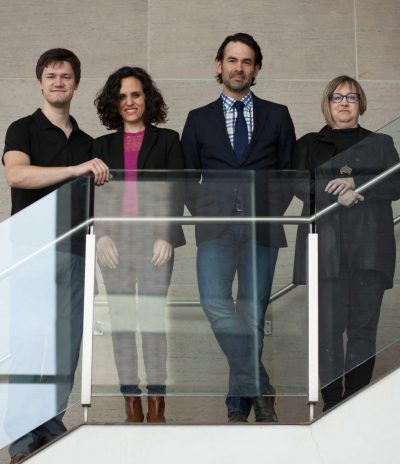
Scott Dobson-Mitchell, Gabriela Capurro, Josh Greenberg, Sheryl Hamilton
Meanwhile, PhD candidate Scott Dobson-Mitchell is tackling new questions on the technology side. Working with Professor Hamilton, he’s analyzing mobile apps that claim to track disease outbreaks.
For instance, a commercial app called Sickweather describes itself as an “online social health network, sickness forecasting and mapping app.”
Users can submit self reports if they are sick or report other people who appear to be sick. At the same time, Sickweather is “scraping” social media data to find users who are talking about being sick.
“There is a question of how accurate it can be, but I’m interested in how it’s affecting people’s perceptions of risk,” says Dobson-Mitchell. “If a sick person is nearby, you get an alert. You can also get a sick score, which estimates your chance of becoming ill. Does this give us the sense that disease risk is omnipresent and impossible to escape?”
Dobson-Mitchell is comparing the commercial apps with those produced by public health agencies, such as Healthmap, which was created by researchers at the Boston Children’s Hospital.
“The public health apps share relevant news articles about disease outbreaks, but it’s a lot less sensational,” he’s found.
International and Community Cooperation
Carleton’s emerging reputation as a centre of research excellence in this area has attracted the attention of international organizations such as the World Health Organization, which has begun working with risk communication experts, such as Greenberg.
“Communication scholars have a strong understanding of the messy nature of the contemporary media environment,” he says. “Technologies are changing rapidly; our risk perceptions are shaped increasingly by popular culture; and there simply isn’t a deep knowledge in the public health community of how these forces intersect and what that means for professional practice.”
Greenberg adds that a time when we feel continually at risk of getting one disease or another, it’s important to understand how central the communications and media environments are to how we make sense of our well-being and vulnerability.
Thursday, September 20, 2018 in Faculty Research, FPA Voices
Share: Twitter, Facebook


